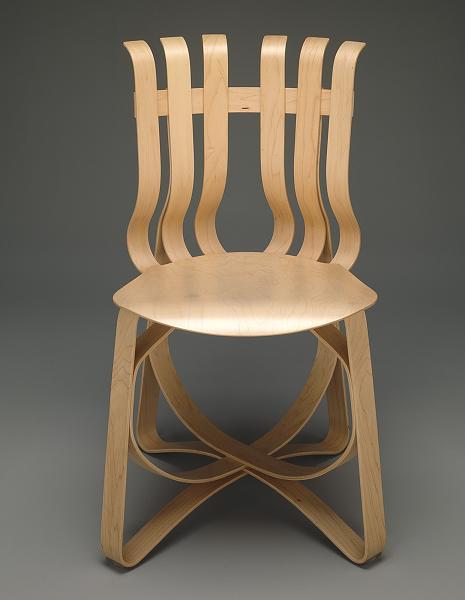The focus on creativity this month includes a wealth of information to provoke further thoughts. University of Texas at Dallas professor and creativity specialist Magdalena Grohman shares notes from a recent conference she attended.
Have you ever wondered what would happen if we didn’t have a definition of creativity? One crucial implication is that we wouldn’t know how to recognize creativity or how to identify it in a given domain or across different domains. What does creativity look like in science? Math? Language Arts? Without knowing who is or is not creative, we would not be able to list factors that may impede or enhance creative development. Here’s what I learned from my colleagues in the Division 10: Society for the Psychology of Aesthetics, Creativity and the Arts, during the 2011 American Psychological Association Convention.
So, let’s assume we understand creativity as an interaction between aptitude, thinking process, and environment. How does that definition help us identify creative talent?
THINKING PROCESS
Researcher and educator Dr. Roberta Milgram of Ariel University of Samaria, Israel, may have a couple of suggestions for you. In her talk “Identifying Talent in Mathematics and Science in Children, Adolescents, and Adults,” Dr. Milgram showed findings suggesting that each talent has two components: academic and creative. For example, for students to do well in math, they need to show mathematical reasoning and they need to know how to compute. But, according to Dr. Milgram, those students who are mathematically gifted also show that they can notice patterns and relationships and use complex and non-algorithmic thinking. Most importantly, they can apply original thinking with mathematical symbols that results in more than one strategy and/or solution. Let’s consider another domain—take language arts, for instance. A student that has a knack for language arts will not only show great reading comprehension and writing skills, but on top of that, s/he will also be quite observant and notice patterns and relationships, as well as similarities between remote concepts. In other words, s/he will experiment with concepts to come up with new and original ideas. This experimentation and creative thinking belongs to the thinking process portion of the definition of creativity. Skill, ability, motivation, and deep task commitment relate to aptitude. The take home message? Look closely for skills and intellectual ability AND for original and unorthodox thinking patterns that lead to unique ideas and solutions.
APTITUDE
Aptitude also “contains” our attitude towards creativity, which can be shaped by our self-perception. It turns out that whether we see ourselves as creative people depends on gender. These self-perceptions are different in girls and boys, and it has profound implications on what students invest in, and what domains of interest they choose. Another speaker, Dr. Zorana Ivcevic of Tufts University, showed that girls tend to equate creativity with artistic creativity; hence, they may be more likely to see themselves being creative in this very domain. It also suggests that they may avoid even trying to be creative in other domains. Boys, on the other hand, equate creativity with science. Furthermore, girls are more likely to associate creativity with challenges, whereas boys—with enjoyment. The take-home message? “Women who consider themselves to be creative are likely to engage in the arts, while men are more likely to engage in the sciences.” What we, educators, can do is first to show that creativity is in every single domain, and second to encourage our students to build bridges between disciplines. It really is OK to encourage a science-focused student to discover art, and an art student to find beauty in mathematical equations.
ENVIRONMENT
We, parents and educators, are undeniably part of the environment that influences the creativity of our children and students. Again, we can learn from Dr. Ivcevic’s study—”Perceptions of Creativity in Croatian Elementary School Students and Teachers”—that whom teachers perceive as creative, and whom students perceive as creative have great impact on who ultimately will be identified as creative and talented. The environments that value obedience to authority, maturity in behavior of children, and discourage nonconformity may decrease creativity. Dr. Ivcevic’s study of Croatian teachers’ perceptions of creativity went hand in hand with the expectation of appropriate behavior in girls and boys. Moreover, students concurred with these perceptions, and nominated those girls and boys as creative who conformed to teachers’ expectations. In other words, “good boy” and “good girl” were seen as creative. Young children were also seen as more creative. In another study, Dr. Ivcevic found out that younger kids were more likely to be seen as creative, but not older children! It seems that in a restrictive environment that values conformity, creativity is less appropriate as children grow older. Some of you may question the relevance of this study to our society that (we want to believe) values creativity across all ages. Nevertheless, the take-home message? In an environment where conformity and authority is valued over inquisitiveness, experimentation, and exploration, we may run into the problem of misidentification—mistaking “nice” behavior for a creative behavior.
Thank you Dr. Grohman for sharing this knowledge with us. If you have not had a chance to meet Dr. Grohman in person, she’s here at the DMA on the first Thursday of every month leading Think Creatively! workshops in the Center for Creative Connections.
Nicole Stutzman
Director of Teaching Programs and Partnerships
